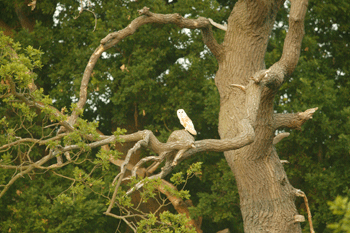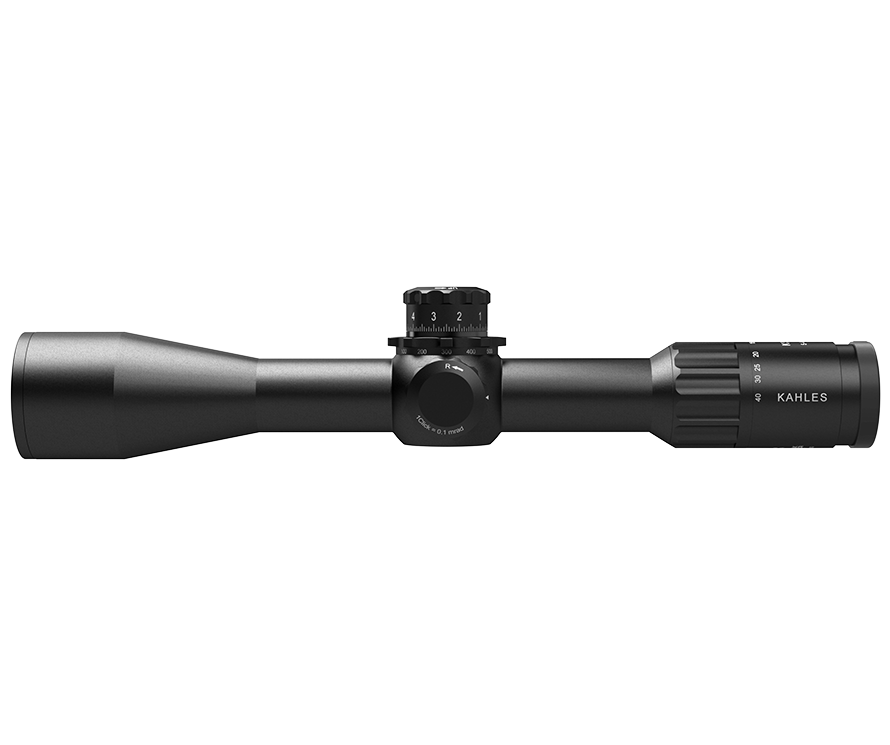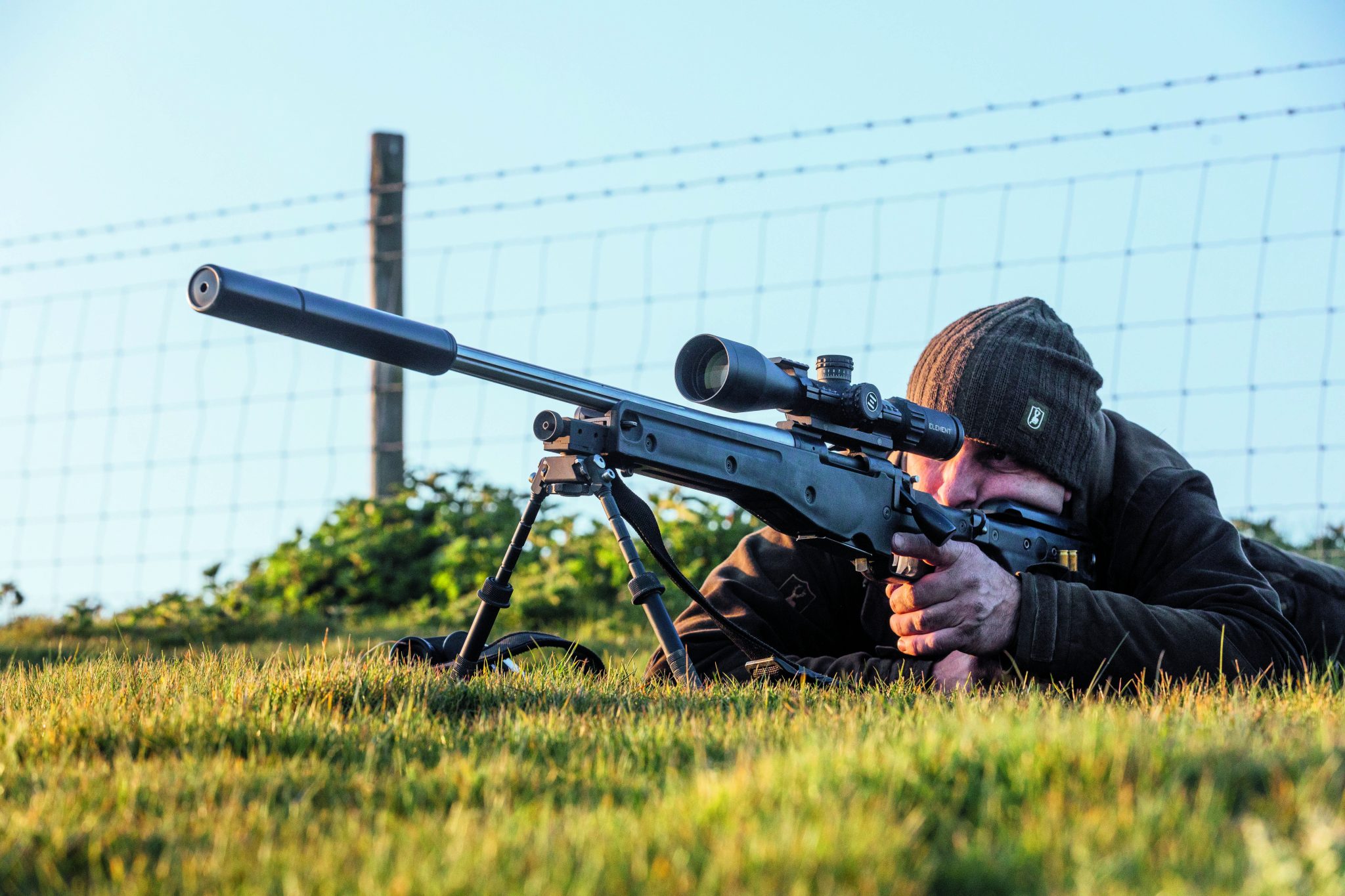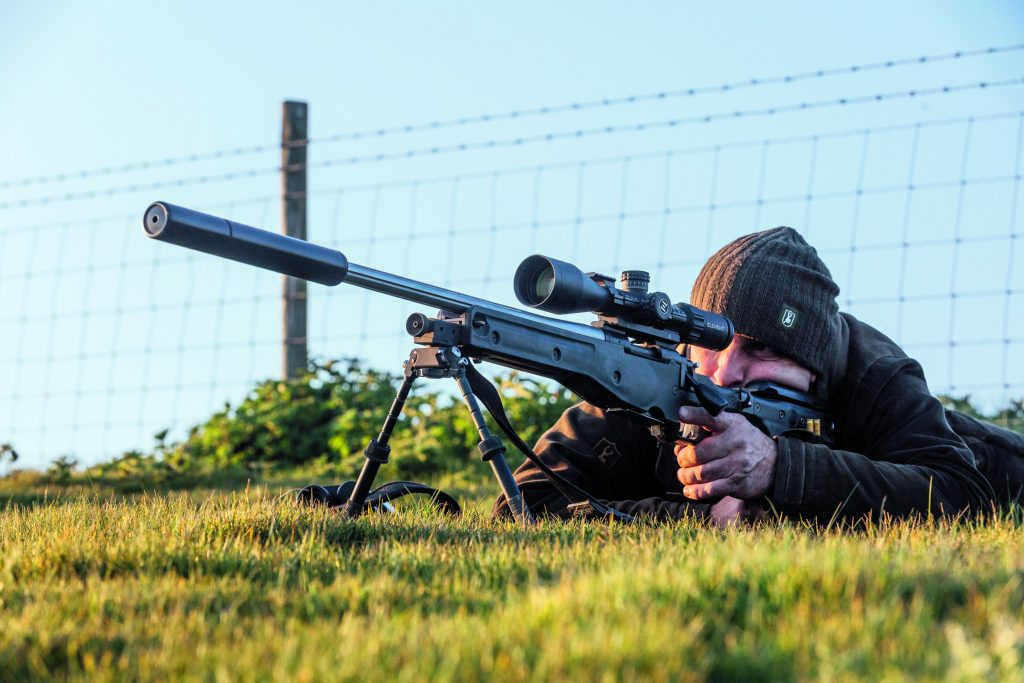News
Owls: Hooting between the shooting
<strong>Tips for attracting barn owls to your shoot</strong>
Would you like to speak to our readers? We offer sponsored articles and advertising to put you in front of our audience. Find out more.
To see a barn owl (Tyto alba) swooping across a lowland grass meadow is one of the most heartwarming sights you can witness at dusk on a summer evening. To see her silent shape hunt along the field margins can be mesmerising.
Of all the owls, the barn owl is the one which has the most association with man, whose buildings and barns have been perfect nesting sites for many hundreds of years. The barn owl is widely distributed throughout the UK — and the world — though their numbers have been decreasing slightly in recent times. With the advent of agri-environment schemes, habitat for the barn owl has been greatly improved but we can still do more to help.
Just like any predator, a barn owl will live in places with a good food source. They mainly eat small mammals, such as voles and shrews, but they will also eat mice, rats and, occasionally, birds. The food sources will vary depending on the local environment, seasonal factors and the weather. In some areas, the main food source, the vole, has a three-yearly cycle with massive fluctuations in population. This fluctuation of prey species means that the owl population also varies with that of the vole.
Bird of the night
Barn owls are largely nocturnal but are also active at dusk and dawn looking for food in the rough areas of field margins. The food supply and hence feeding habitat of the barn owl is crucial to its success. Ideally, it requires open areas of rough grassland, with hedgerows and fields with rough grass margins. Rough grassland strips with fences are also a favourite habitat. These can all be enhanced under the agri-environment schemes such as the ELS (Entry Level Scheme) and HLS (Higher Level Scheme). Such areas provide an ideal habitat for the small mammals on which the owl relies.
The barn owl hunts by quartering across suitable habitat for its prey. It will then pounce from the air and rest before eating its meal. Sometimes they will use a perch to hunt from, such as a tree or a post, but this is not common. They ingest the whole animal they have caught and then the inedible parts are ejected from the bird in the form of pellets. These can accumulate in large numbers under nest sites and favourite roosting areas.
Barn owls tend to start to pair up in the early part of the year. By the spring, pairs spend much of their time around the nest site and the female gains weight to what is called her “breeding condition”. Most pairs also engage in mutual preening and cheek rubbing. They will “talk” to each other in the nest, making a wide variety of soft chittering and hissing calls, and their aerial antics around the nest site can be quite energetic.
As with any living creature, there’s much individual variation. Research into the barn owl has revealed that some males are active and attentive, some surprisingly lethargic, and others are hardly ever present at the nest site. In almost every case the male is present (with the female) in the two weeks leading up to egg laying and until the clutch is complete. This is when males are most vocal, defending their mate against other males and leaving only to hunt.
How to help
Encouraging barn owls to your shoot is relatively easy. The first step is to provide somewhere for them to live. A nest box will be utilised by barn owls fairly readily. If you have a barn in mind with at least a 3m-high roof then it is best to use the type of box that can be installed in the rafters. You don’t need to worry too much if the barn is in constant use — a barn owl adjusts to almost any activity as long as it is able to stay out of sight.
If you don’t have a suitable barn or outdoor building, the next best option is to mount an outdoor nest box in a tree. These can be slightly more difficult to erect than an indoor box and they can sometimes be more expensive to build or buy because they need to be protected from the elements. An additional problem is that another species may choose to use the tree-mounted box instead of the barn owl.
Apart from working out the best place to site your owl box, you will also have to work out the best type of box for your location. A design that offers the owl the maximum protection is best — the entrance hole should not be on the same level as the nest site because owlets may fall out. Owl boxes are available to buy commercially or if you are a decent carpenter they are fairly straightforward to make — plans are readily available to print out from the Internet or follow the diagram from the Barn Owl Trust (right).
Habitat for prey
Giving the barn owl a place to live is only half the story — you also need to provide a habitat for the small mammals they will feed on. Plain arable land with no field margins is not productive for voles, shrews and so on, so if you can plan some grassland into your ELS or HLS rotation that is a start.
Rough grassland can be beneficial to your shoot because it can create a valuable nesting habitat for gamebirds. If you have field margins it is best to try and keep them cut unevenly — some research suggests that a combination of short and long grass is a better habitat for voles and other prey species. Keep your grass areas mowed in rotation of 3m to 6m strips depending on the width of the margin.
A shooting estate or farm is best suited to help species such as the barn owl thrive. Because we need a varied habitat for game, and gamekeepers control predators, sporting estates often have a far greater variety of species than nature reserves and for that, as shooting people, we should all be thankful.
Related articles
News
Anti-grouse shooting petition crushed by MPs who don't even shoot
Wild Justice's petition to ban driven grouse shooting was quashed in Westminster Hall yesterday, with all but one MP opposing the ban
By Time Well Spent
News
A sound decision as moderators to be taken off licences
The Government has finally confirmed what the shooting community has long argued – that sound moderators should be removed from firearms licensing controls
By Time Well Spent
Manage Consent
To provide the best experiences, we use technologies like cookies to store and/or access device information. Consenting to these technologies will allow us to process data such as browsing behavior or unique IDs on this site. Not consenting or withdrawing consent, may adversely affect certain features and functions.
Functional Always active
The technical storage or access is strictly necessary for the legitimate purpose of enabling the use of a specific service explicitly requested by the subscriber or user, or for the sole purpose of carrying out the transmission of a communication over an electronic communications network.
Preferences
The technical storage or access is necessary for the legitimate purpose of storing preferences that are not requested by the subscriber or user.
Statistics
The technical storage or access that is used exclusively for statistical purposes.
The technical storage or access that is used exclusively for anonymous statistical purposes. Without a subpoena, voluntary compliance on the part of your Internet Service Provider, or additional records from a third party, information stored or retrieved for this purpose alone cannot usually be used to identify you.
Marketing
The technical storage or access is required to create user profiles to send advertising, or to track the user on a website or across several websites for similar marketing purposes.





